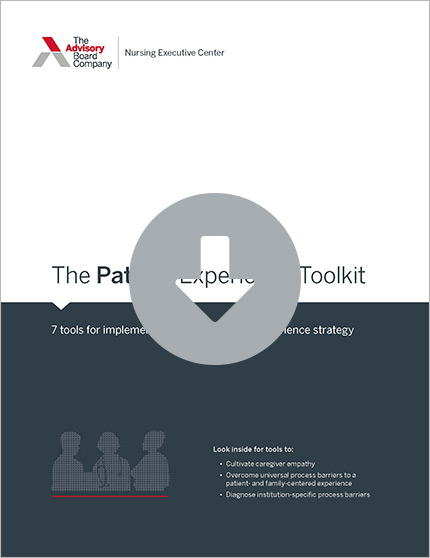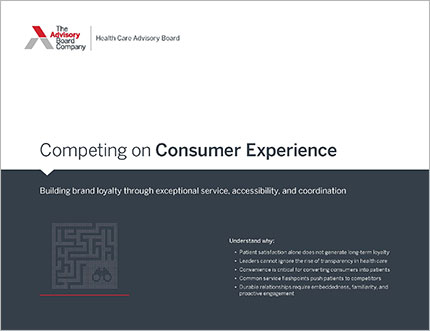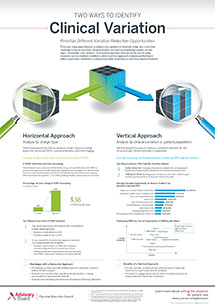Cedars-Sinai Medical Center in Los Angeles has more than its share of experience caring for high-profile celebrities: Among its reported past high-profile patients are Lucille Ball, Frank Sinatra, and Elizabeth Taylor—and just this month, Marvel comics creator Stan Lee reportedly received care at the hospital shortly before his death.
Dec. 5 webconference: 5 population health fundraising strategies hiding in plain sight
So what has Cedars-Sinai learned about how to provide top-notch care for celebrities while protecting their medical privacy? Writing in JAMA Surgery, Cedars-Sinai physicians Michael Nurok and Bruce Gewertz offer five key recommendations.
1. Above all else, follow standard procedures
"Every attempt should be made to follow standard procedures," even when the patient is a celebrity, Nurok and Gewertz write. This includes ensuring that care is provided "by personnel best equipped to do so," rather than by more senior or prominent staff who might make missteps "when placed in unfamiliar roles," Nurok and Gewertz write.
Any additional caregivers should be chosen based on their expertise rather than their status. Department chairs and unit directors should also not be involved "unless they are the most effective person at providing the care needed," Nurok and Gewertz write.
The patient should also be cared for "where [care] is usually delivered," Nurok and Gewertz write. This means typically avoiding "VIP suites" and instead placing the patient in a location that is suited to their medical needs. This also prevents any interference in the normal, day-to-day operations of the unit.
2. Avoid the trap of providing uncoordinated 'heroic' care
Nurok and Gewertz write that high-profile patients often receive "heroic care" in which a physician "unwittingly fragments care with uncoordinated actions."
This temptation should be resisted, and any unnecessary testing or staff should be avoided, as these "can have adverse effects including hospital-acquired infections," Nurok and Gewertz write.
Medical decisions for the patient should be made by the primary care team rather than by additional consultants, Nurok and Gewertz write. "It should be ensured that consultants are just that; they are there to provide opinions on which the core team may or may not act."
3. Protect the patient's privacy (using an alias if necessary)
Another significant challenge in caring for a high-profile patient is protecting their privacy, Nurok and Gewertz write.
To help with this, they recommend that relevant stakeholders create a checklist to make sure necessary steps have been taken from admission to discharge and beyond. These stakeholders include representatives of functions including:
- Corporate compliance;
- Marketing;
- Media relations;
- Patient and family relations;
- Risk management; and
- Security.
If necessary, high-profile patients can be checked in under an alias with a security safeguard entered into their medical record, Nurok and Gewertz write. Clinicians, security, and staff should be alerted to their presence only on a need-to-know basis.
The patient's EHR also should be monitored in real time, and any unauthorized entry into the record should be addressed quickly according to the hospital's policy. If media reports or concerns arise regarding a privacy violation, all staff and affiliated employees should be reminded of their obligations under HIPAA, Nurok and Gewertz write.
4. Get ready to deal with the media
Celebrity patients often attract plenty of media coverage. As a result, a plan should be put in place to respond to any media inquiries, Nurok and Gewertz write. This plan should address not only what statements are made by the patient's media representatives but also how to handle any unauthorized information leaks.
Nurok and Gewertz recommend "coordinating any public statements with the patient or his or her media representatives through the hospital media or marketing teams." These statements should remain broad.
If the media reports inaccurate information about the patient, it may be useful for hospital representatives to reach out and inform the media outlet that their reporting is inaccurate without going into further detail, Nurok and Gewertz write.
5. If you ask for philanthropic donations, do it the right way
Institutions are often tempted to ask a high-profile patient about participating in philanthropy, but these requests should be "clearly separated in time and process from their care," Nurok and Gewertz write.
No clinicians should be involved in philanthropic requests. Rather, these communications "should be coordinated through the hospital development department in a manner that protects the patient's privacy and ensures a clear distinction between institutional philanthropic requests and the provision of clinical care," Nurok and Gewertz write.
While adopting these procedures for high-profile patients may seem odd, "it is important to recognize that the principles are identical to those of the care provided to all patients," Nurok and Gewertz write. "As each of us would expect for ourselves, our family, and our friends, we must provide a secure and private medical experience that allows all patients to receive the care they deserve" (Nurok/Gewertz, JAMA Surgery, 11/14; Thielking, "Morning Rounds," STAT News, 11/15; Lowry, Variety, 11/12).
5 myths physicians believe about patient experience
Excellent patient experience is a critical piece of modern medicine, reflected clearly in outcomes. And more than amenities, clean rooms, or quiet during night, the factors that most inflect patient experience all relate to communication and coordination among the care team—factors that physicians are in a unique position to influence.
Clinician-patient communication, leadership of the care team, and support and empathy for the patient across the unit are the most important factors for success, and they're all driven by the physician as the "Influencer in Chief."
Don't miss out on the latest Advisory Board insights
Create your free account to access 1 resource, including the latest research and webinars.
Want access without creating an account?
You have 1 free members-only resource remaining this month.
1 free members-only resources remaining
1 free members-only resources remaining
You've reached your limit of free insights
Become a member to access all of Advisory Board's resources, events, and experts
Never miss out on the latest innovative health care content tailored to you.
Benefits include:
You've reached your limit of free insights




